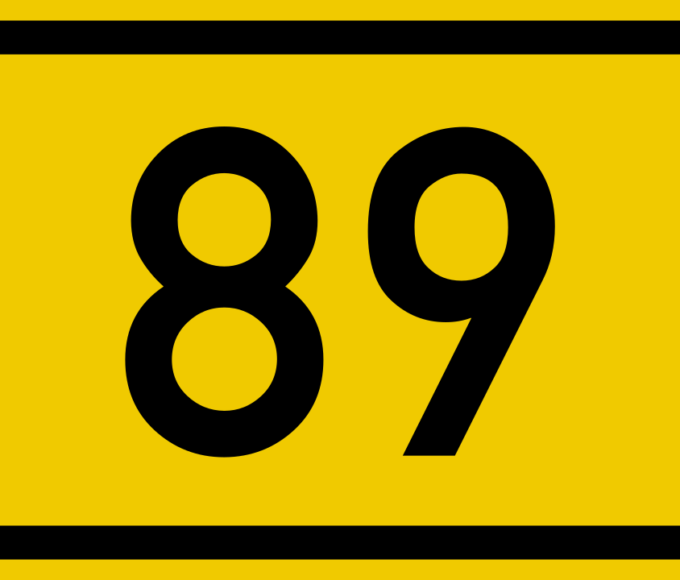In any form of investment, there is always a certain amount of risk attached. However, some investments offer lower risks than others. Depending on the expenditure, it is important to understand the strings attached especially when there are no bonuses like the XM bonus to fall back on. High-risk investments have more potential returns than low-risk ones but they also have a higher potential for huge losses.
Generally, when talking of risks, volatility is used as a means of measuring the number of risks attached to certain expenditures. Now, let’s have a look at some high-risk and low-risk investments. We shall also look into the pros and cons of each expenditure. Here we go.
High-Risk Investments
Essentially, these are investments revolving around assets that have corresponding high stakes. Not only that, but they also give promises of large potential yields. They are ideal for investors who have the stomach for huge amounts of risk. Some of these expenditures are listed below.
Stocks
Stocks are securities that give their holders a share of a company’s ownership. The main idea of buying stocks or shares is to buy at low prices and sell high. Generally, stocks appreciate over the years so it is a great idea to invest in them. However, they usually involve lots of guesswork. This increases the stakes since there is no guarantee of yields but when they pay, profits are usually high.
Cryptocurrency
Crypto assets are well-known for their high volatility, as well as huge payouts. For example, let’s take a look at the most popular digital coin, Bitcoin. In 2011, the all-time high of this coin was about $30. Fast forward to a decade later, the price of Bitcoin soared to a stunning $69,000. This is proof that crypto assets pay much in the long run.
However, note that the prices of cryptocurrencies tend to fluctuate wildly without warning. As a result, losses are also common occurrences with this investment.
Low-Risk Investments
This form of expenditure involves low stakes even though financial returns are usually not high. One good thing about low-risk investments is that it offers more consistency than high-risk ones. Here are some examples of low-stakes expenditures.
Bonds
These are securities that investors loan to the government, organizations, and others with the hopes of being repaid with interests. The interest rates depend on the loan period, as well as the agreement between the two parties. Additionally, Treasury Inflation-Protected Securities (TIPS) and Series I bonds are safe since they are usually audited for inflation. Hence, if you don’t have the stomach for high volatility and risks, investing in bonds is a good place to start.
Life Insurance
Although it is the job of the breadwinner to provide for the family, certain circumstances could affect this. Thus, life insurance basically deals with ensuring a family is well catered for in the absence of the breadwinner. It is usually done by opting for a protection(endowment) plan or a life insurance plan. Generally, an endowment plan involves paying the life cover with profits irrespective of whether the term is completed or not.
Differences Between The Two Investments
Here’s a table highlighting the major differences between high and low-risk investments.
| High Risk | low-risk |
| Offers more significant potential returns | Offers lesser payout amounts |
| This form of investment helps an investor to accelerate his wealth quicker while also staying in tune with inflation | Since the payouts are little, low-risk investments hardly do much in boosting your finances |
| Very little to no guarantees of success. Hence, greater chances of losing your capital | Higher chances of success since they are quite predictable. Also, they protect your capital from market volatility and other factors |
Conclusion
Making your choice of investment is very important so ensure you focus on the amount of risk you can handle. Hence, before selecting an investment, understand the risks associated with it first. That way, you will remain unfazed regardless of the circumstance. Good luck.
Read More








Leave a comment